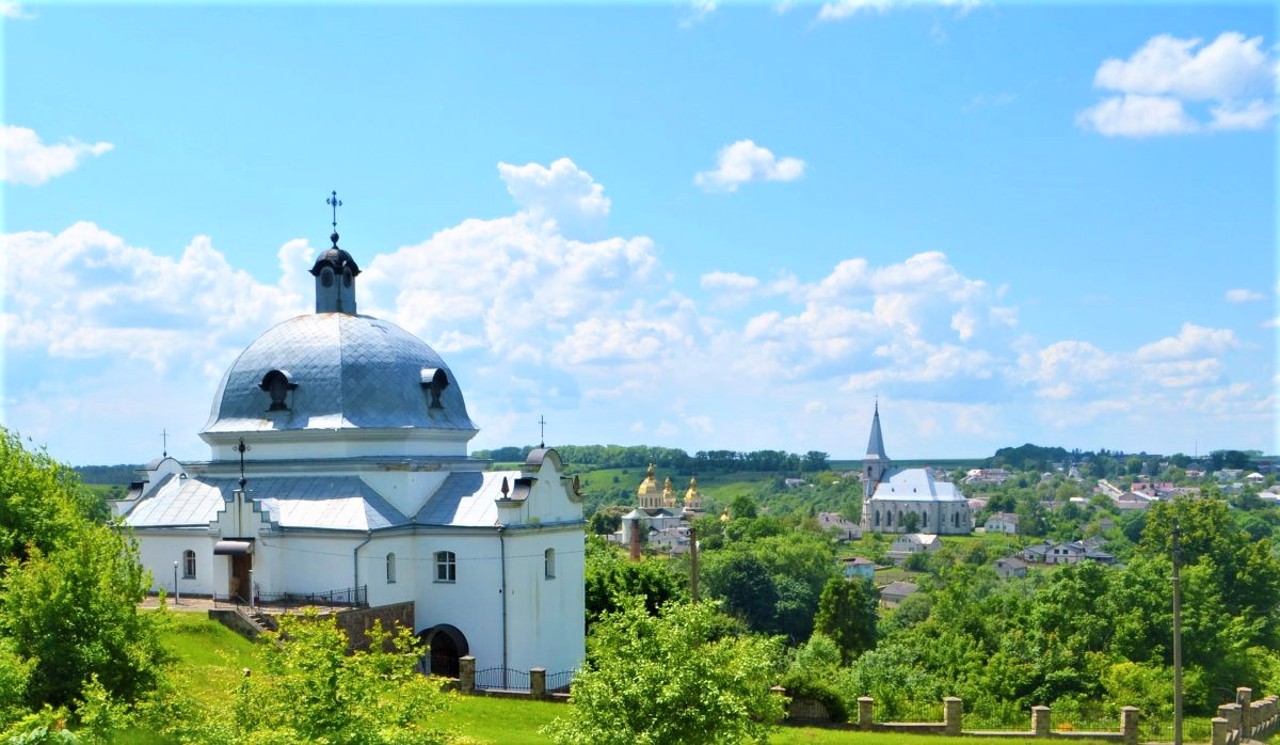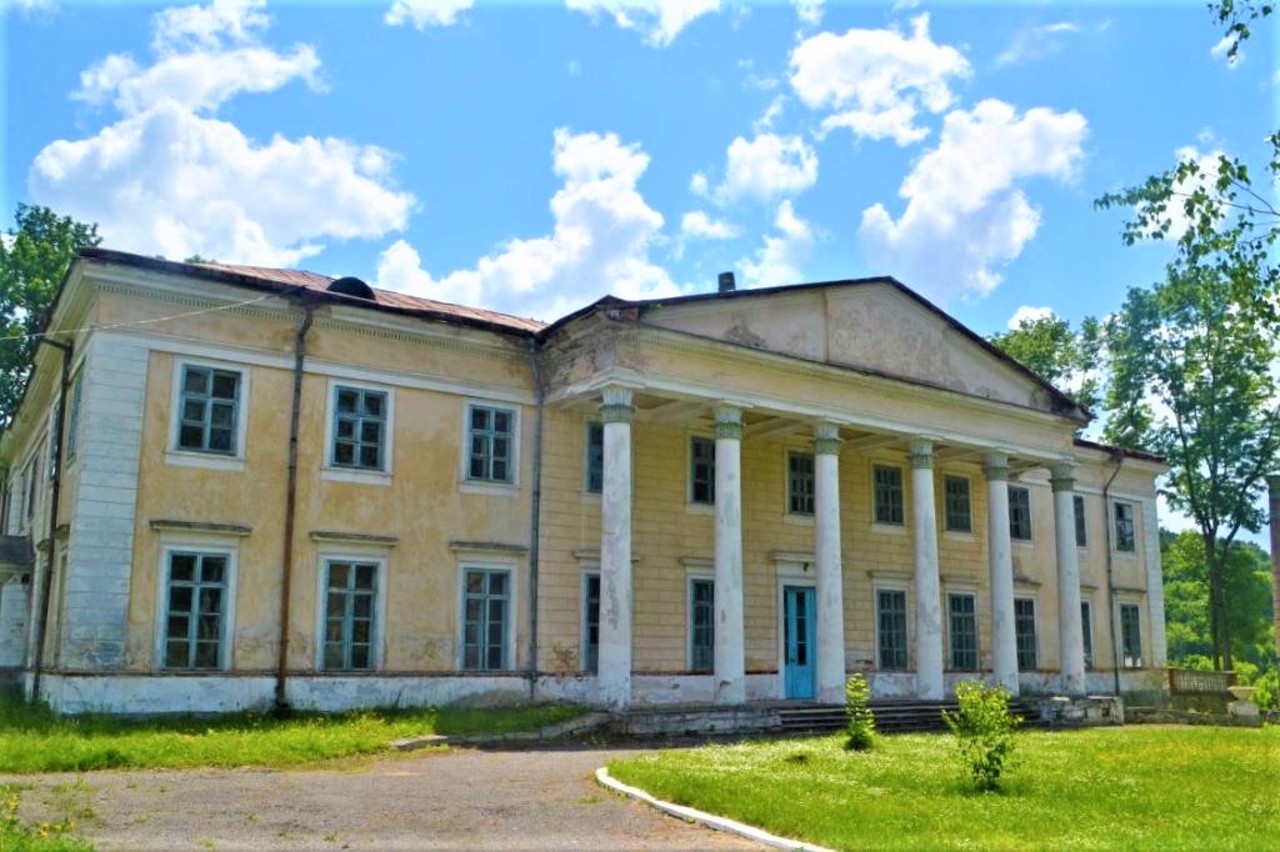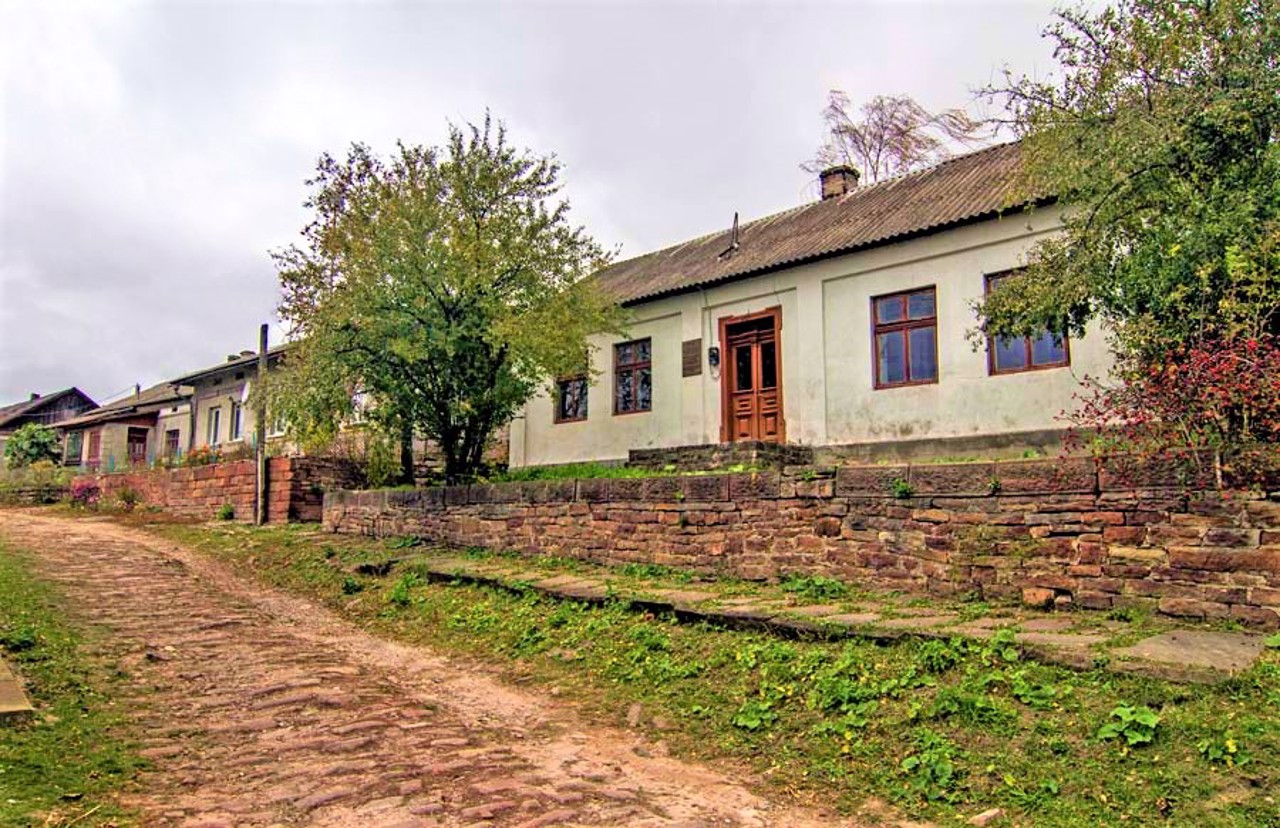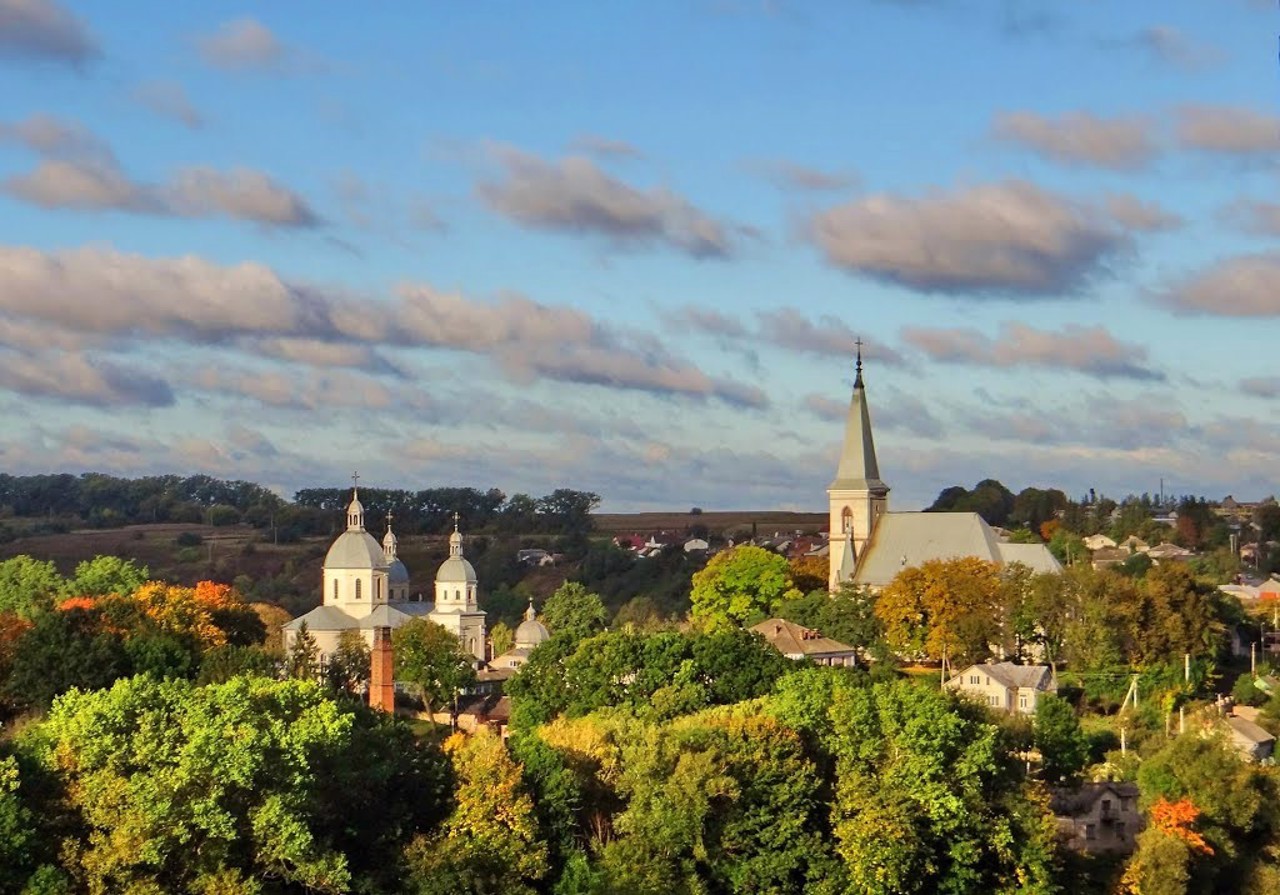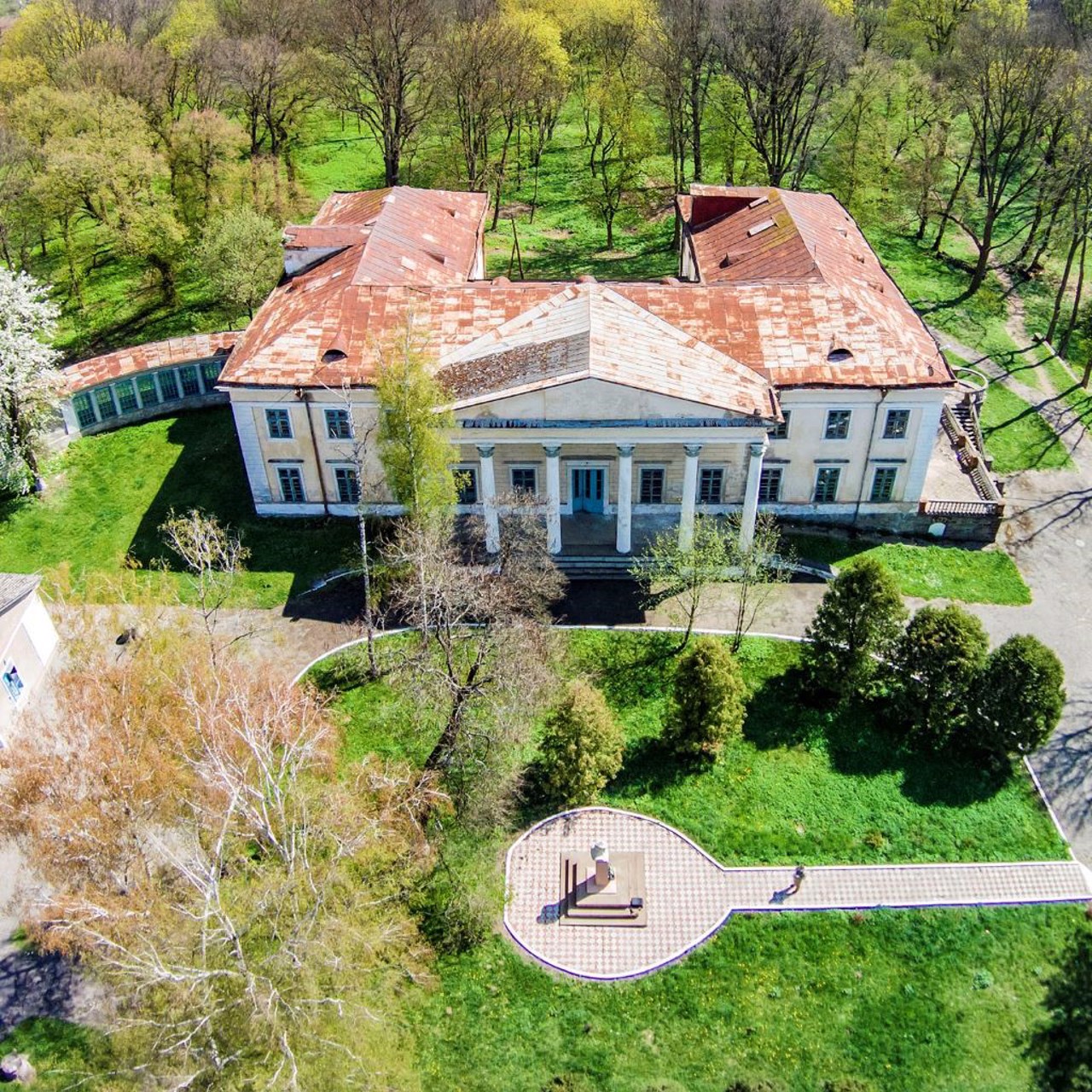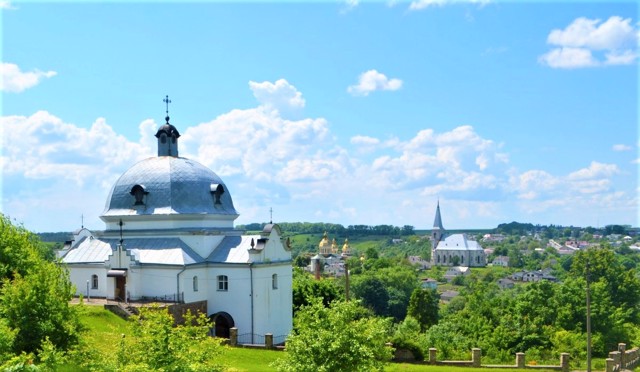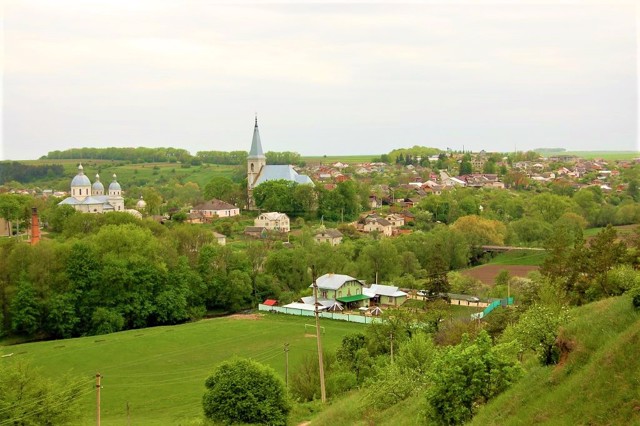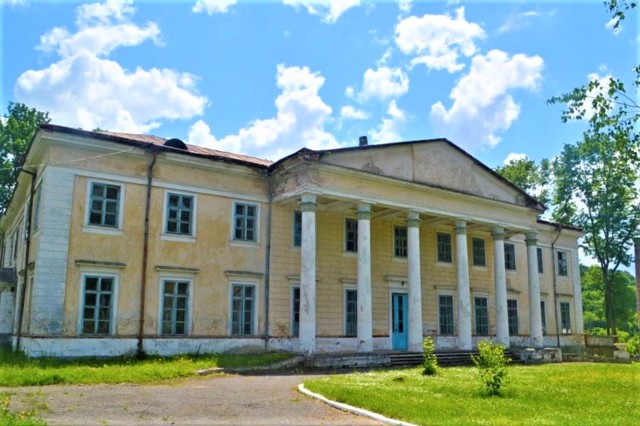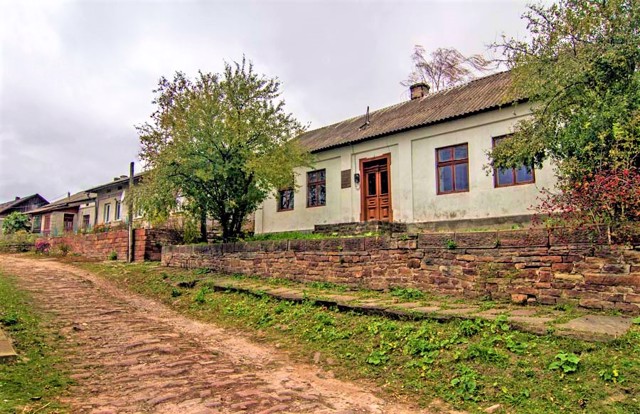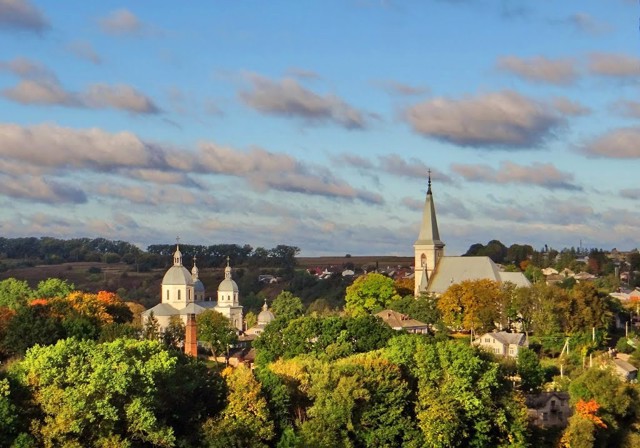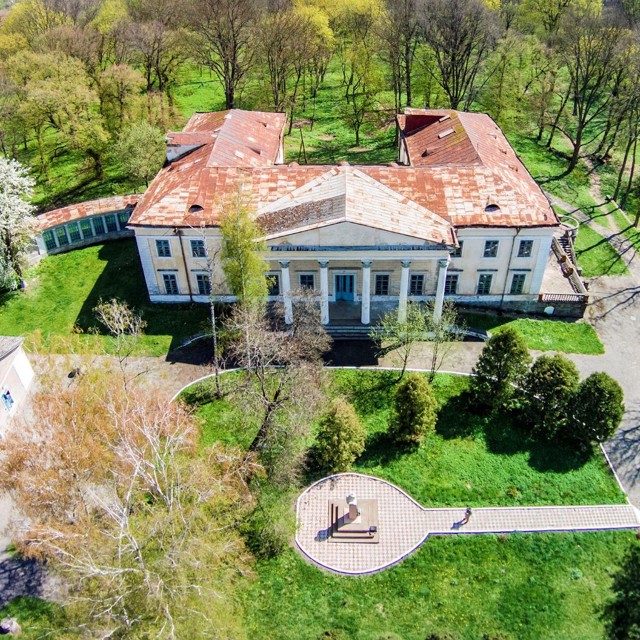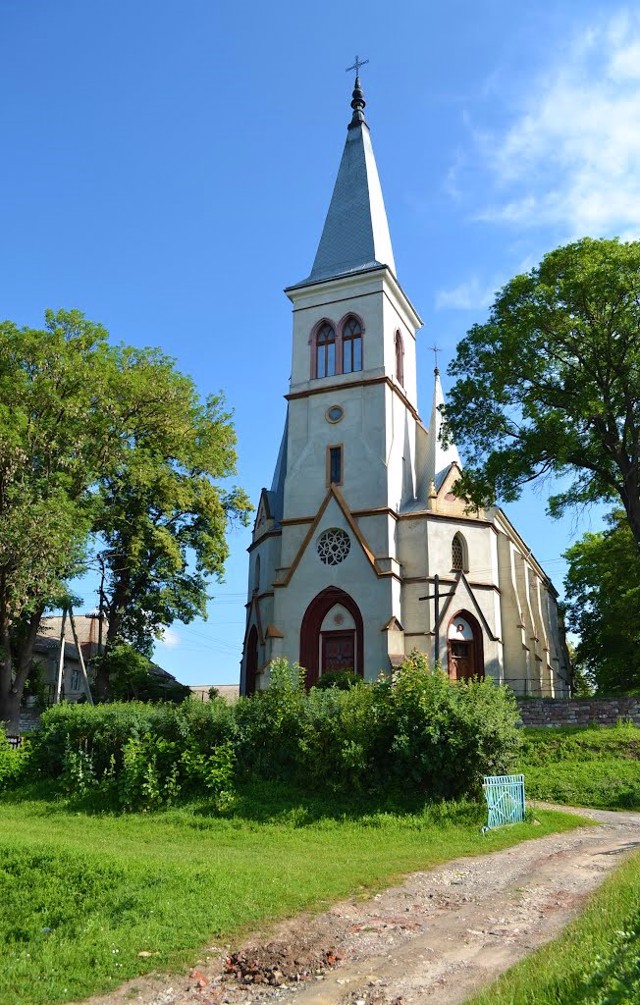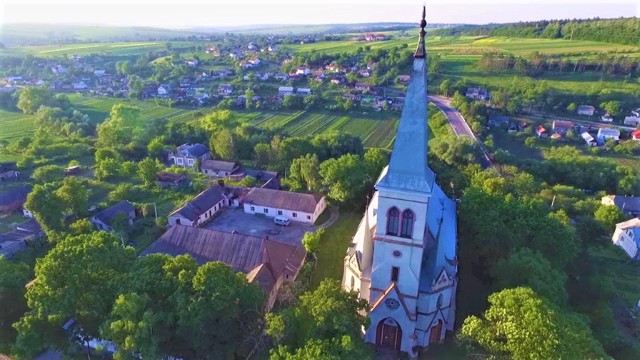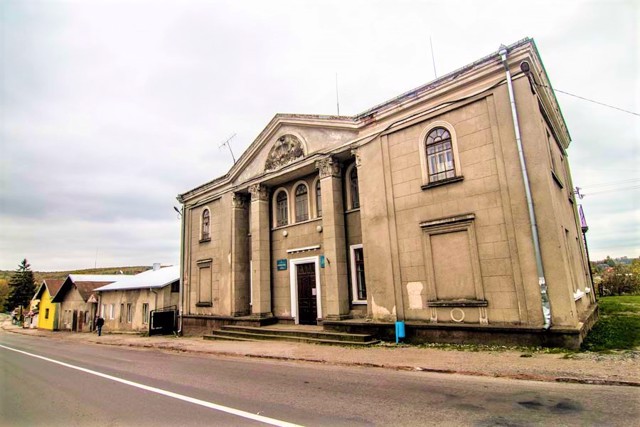Functional temporarily unavailable
General information about Strusiv
The village of Strusiv above the Seret River is located 25 kilometers south of Ternopil, not far from Terebovlia.
Known since 1414 as Pidbohorodyche (Pidhorodyche). Above the tract of Chortova Debrya stood the defensive castle of the Strusiv nobles (16th century). Later, a cave church with a stone altar appeared there, on top of which a new monastery church of Saint Nicholas was built in the 18th century.
In 1771, Strusiv received Magdeburg law.
The church of Saint Anthony (1903), a modern Greek Catholic church and the palace of Count Holukhovskyi in the Empire style (18th century) with a park on a cape formed by a loop of the river have also been preserved.
Село Струсів над річкою Серет розташоване в 25 кілометрах на південь від Тернополя, неподалік від Теребовлі.
Відоме з 1414 року як Підбогородиче (Подгородиче). Над урочищем Чортова Дебря стояв оборонний замок шляхтичів Струсів (XVI сторіччя). Пізніше там з'явилася печерна церква з кам'яним вівтарем, згори якої в XVIII столітті зведена нова монастирська церква Святого Миколая.
В 1771 році Струсів отримало Магдебурзьке право.
Також зберігся костел Святого Антонія (1903 рік), сучасна греко-католицька церква та палац графа Голуховського в стилі ампір (XVIII століття) з парком на мисі, утвореному петлею річки.
Сплануй своє перебування у Strusiv
What to see and where to go in Strusiv
Tourist attractions and museums of Strusiv
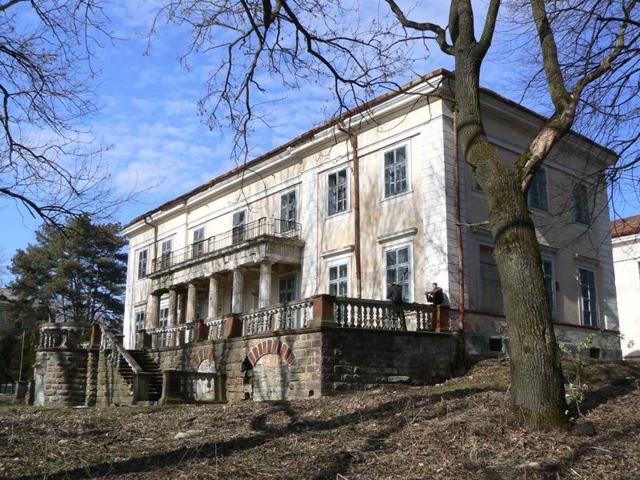
Golukhovsky Palace
Palace / manor , Architecture
The Palace of the Golukhovskys in Strusiv is located on a cape formed by a loop of the Seret River.
It was built at the end of the 18th century by the Lyantskoronsky nobles, who decided to dismantle the old, dilapidated Strusiv castle. A two-story building in the Empire style was erected from the stone obtained during the dismantling of the castle.
At the end of the 19th century, Count Yuzef Golukhovsky, the son of the Austrian Minister of Internal Affairs and Governor of Galicia Agenor Golukhovsky, reconstructed the palace. The interiors were decorated with stucco and carved wood, crystal chandeliers and two-meter candelabra (fragments of the decor have been preserved).
The palace is surrounded by a balustrade, the central portal has 6 columns, the park facade is decorated with monumental stairs. A beautiful park descends from them to the banks of the Seret River, where a 250-year-old black Austrian pine grows, a natural monument of state importance.
Currently, the Strusiv boarding school for children with diseases of the cardiovascular system is located on the territory of the manor.
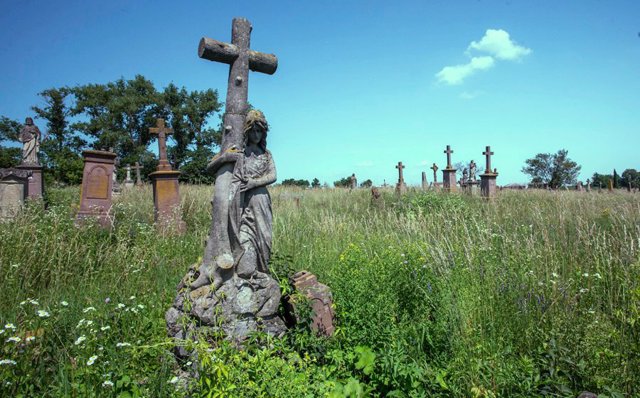
Old Polish Cemetery
Historic area , Monument
The old Polish cemetery is located on a hill at the entrance to the village of Strusiv from the side of the city of Buchach.
Grave monuments borrowed from the city memorial sculpture typical of the 20s and 30s of the 20th century have been preserved in the village cemetery. The figures of saints, angels, maidens and other symbolic characters with simple, rough faces are made of sandstone and concrete, all things considered, by local self-taught craftsmen.
The mountain offers a beautiful view of Strusiv and its surroundings.
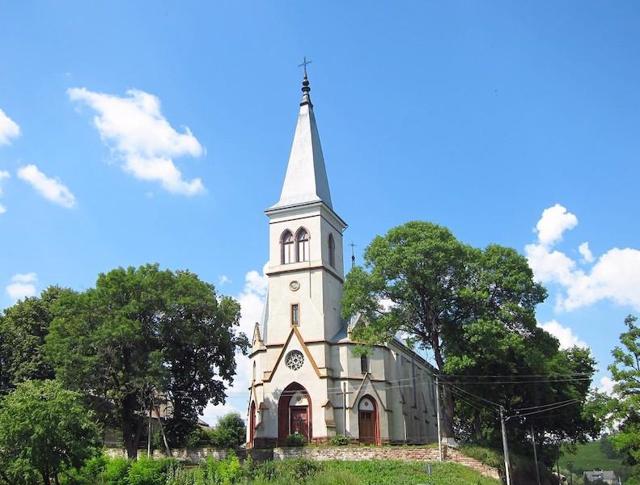
Saint Anthony's Church
Temple , Architecture
The Catholic Church of Saint Anthony' and Our Lady of the Holy Rosary in Strusiv was built in 1894 at the expense of Yuzef Holukhovsky, the owner of Strusiv at that time.
In 1902, this temple was consecrated under the title of Our Lady of the Holy Rosary. Construction was conducted under the leadership of Jan Lesyk and was completed in 1903. From 1945 to 1990, the Soviet authorities used the sanctuary as a granary.
A beautiful neo-Gothic building stretches to the sky with a high tower, which is crowned with a cross. There are two smaller towers on its sides. On both sides of the main entrance to the church there is a beautiful window in the shape of a rose. Gothic windows, tall and beautiful, decorate the building. In the highest tower of the temple there are a large and a small bell.
The ornate facade of the Saint Anthony's Church is decorated with pointed conical tops rising with thin crosses, as well as a three-tiered tower in which the central entrance to the church is located in the form of an arch. Today, the Saint Anthony's Church is in good condition and is an active temple.
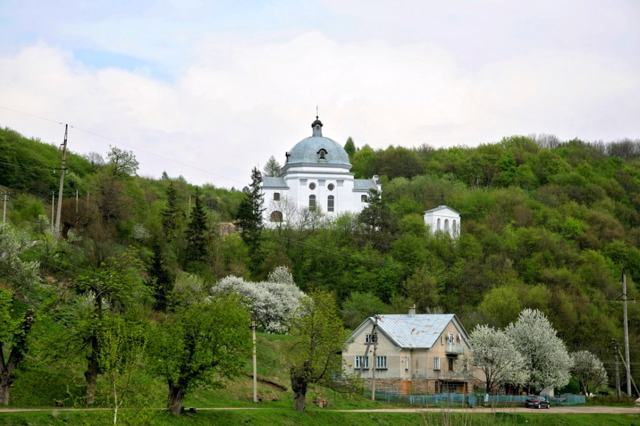
Saint Nicholas Church
Temple , Architecture
The Church of Saint Nicholas of the Basilian Monastery in Strusiv was built in the 17th century over an earlier cave temple.
In the 16th century, the castle of the Strusiv nobles stood on this well-protected place on the mountain slope in the Chortova Debrya tract. In the 19th century, the remains of the castle were dismantled, but the ramparts can still be traced. Next to the castle, the Basilian fathers founded a cave monastery in the 16th century, carving a cave temple with an altar in the rock. There were cave cells for monks.
Built in 1770, the Basilian Church of Saint Nicholas was transformed into the Latin Church of Saint Stanislaus in 1788, then it was abandoned for a long time. Currently restored, it belongs to the Greek-Catholic community of Strusiv
From here you can enjoy a wonderful panorama of the village with its architectural landmarks: the neo-Gothic church of Saint Anthony (1903) and the modern Greek Catholic church.
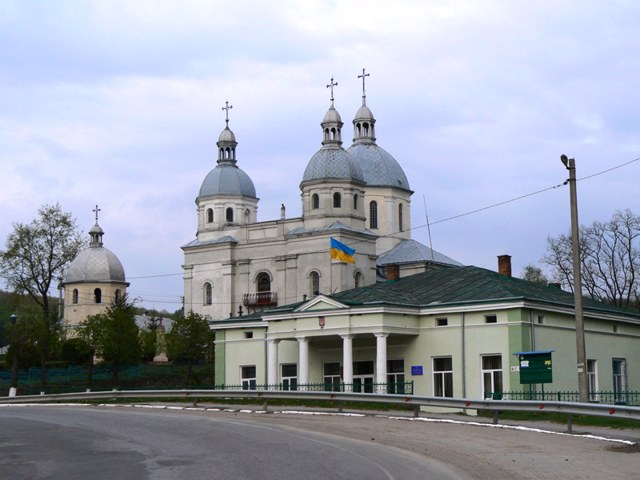
Saint Nicholas Church
Temple , Architecture
The Greek Catholic Church of Saint Nicholas in Strusiv was built in 1930 on the site of an old wooden church.
A bell tower in the form of a rotunda was built nearby.
The Church of Saint Nicholas is an architectural monument of local importance.
Reviews Strusiv
Geographical information about Strusiv
| {{itemKey}} | {{itemValue}} |
|---|---|
| Region |
Ternopil |
